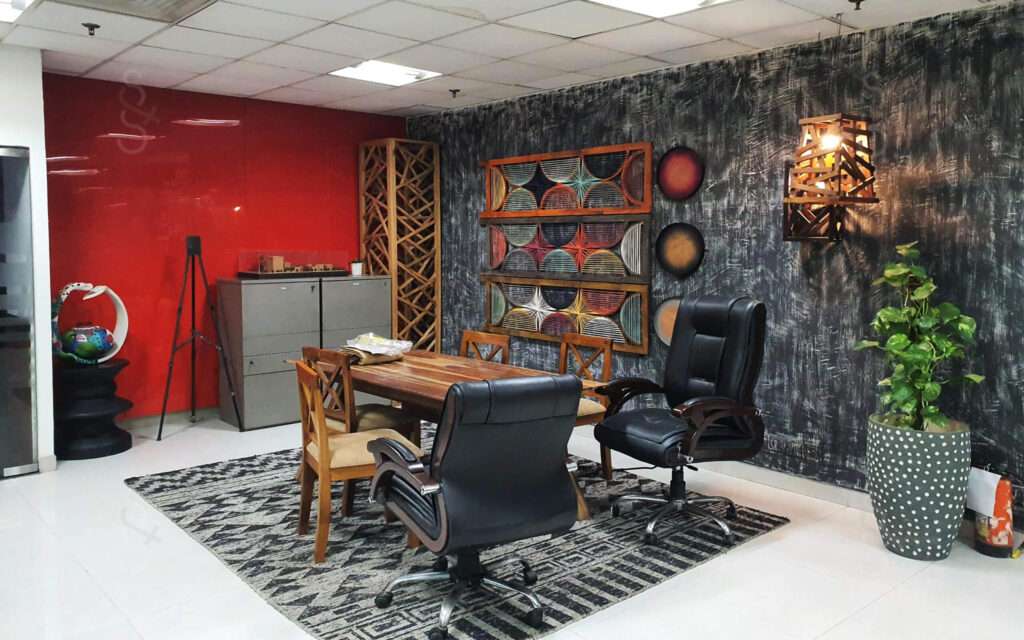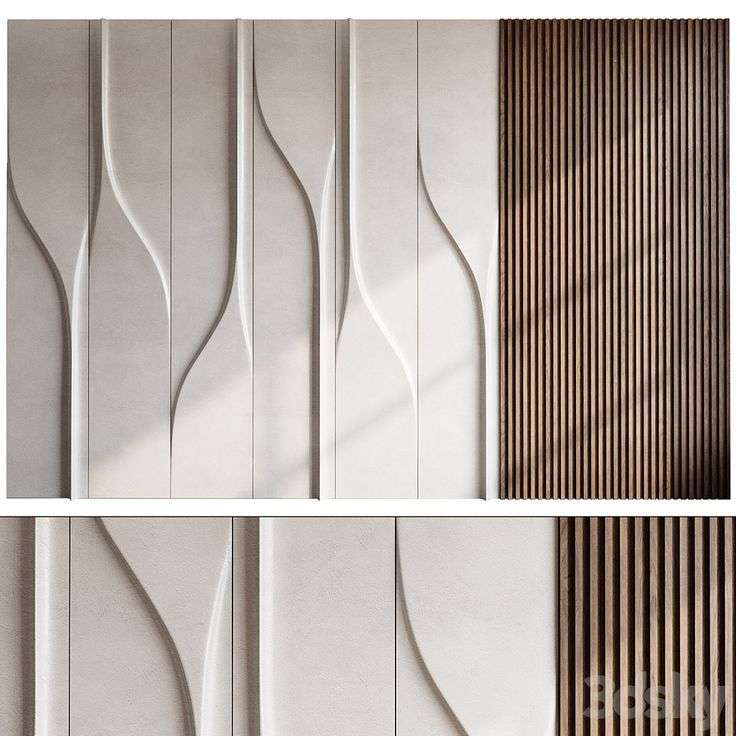Indian décor is renowned for its vibrant colors, intricate patterns, and rich cultural heritage. Traditional Indian elements have always added warmth, comfort, and a sense of history to interiors. However, as times evolve, so do design preferences. Modern interior design seeks to blend the old and the new, creating spaces that honor tradition while embracing minimalism, functionality, and innovation.
This fusion of traditional Indian décor with a modern twist results in unique, eclectic, and beautifully balanced interiors. If you want to infuse your living space with a mix of age-old charm and contemporary aesthetics, here’s how to blend traditional Indian decor with modern design elements.

The Essence of Traditional Indian Decor
Before we dive into the fusion, it’s important to understand what constitutes traditional Indian décor:
- Vibrant Colors
Indian décor often features rich, bold colors such as deep reds, vibrant yellows, and royal blues. These colors are drawn from nature, spirituality, and cultural significance. - Intricate Patterns and Textiles
Traditional Indian designs include ornate patterns like paisleys, floral motifs, and geometric shapes, often seen in handwoven textiles like silk, cotton, and wool. - Wooden Furniture and Carvings
Classic Indian furniture pieces, such as carved wooden tables, cabinets, and chairs, reflect the country’s craftsmanship. These items are typically adorned with intricate carvings and sometimes inlaid with materials like brass or ivory. - Handcrafted Art
Indian art is known for its handmade, detailed designs. Whether it’s Madhubani paintings, Rajasthani miniature art, or traditional wall hangings, these art forms reflect the rich cultural history of India. - Use of Metal and Brass
Indian décor incorporates metals like brass, copper, and bronze in the form of lamps, sculptures, and utensils. These elements bring a timeless, antique feel to the home.
How to Blend Traditional Indian Decor with a Modern Twist
Now, let’s explore how to give your traditional Indian decor a modern twist that will fit seamlessly into contemporary spaces.
1. Use of Neutral Palettes with Pops of Color
Modern design embraces minimalist color schemes, but you can still incorporate Indian flair by adding pops of vibrant color. Neutral tones like whites, greys, and beiges can form the base of your interiors, with accents of traditional Indian colors like turmeric yellow, deep maroon, or indigo through textiles like cushions, rugs, or curtains.
- Example: A neutral beige sofa adorned with vibrant red or mustard yellow throw pillows. Or a soft white wall with a brightly colored handwoven rug.
2. Sleek and Simple Furniture with Traditional Inlays
Furniture is one area where tradition can meet modernity beautifully. Opt for clean, sleek, and simple contemporary furniture pieces, but add traditional Indian details like inlaid woodwork, carved elements, or antique brass handles.
- Example: A modern, minimalist coffee table with traditional brass inlay or a contemporary wooden bed frame with intricate carving details.
3. Incorporate Indian Textiles in a Minimalist Manner
Indian textiles such as block-printed quilts, silk cushions, or handwoven throws can bring texture and color to a modern living room without overwhelming the space. Keep the textiles simple, elegant, and pared down to fit the modern design aesthetic, while still showcasing Indian craftsmanship.
- Example: A traditional kantha or block-print throw on a modern armchair or a bed adorned with a clean, white duvet and colorful Indian cushions.
4. Modern Lighting with Traditional Influence
Lighting is a great way to fuse both styles. While modern lighting is often sleek and simple, you can incorporate traditional Indian lanterns, brass lamps, or pendant lights with intricate patterns. When lit, these fixtures cast beautiful shadows, adding a traditional touch to your modern décor.
- Example: A contemporary pendant light with brass or copper detailing or a traditional lantern-style floor lamp in a minimalist living room.
5. Fusion of Modern Art and Traditional Paintings
Mixing contemporary artwork with traditional Indian paintings can give your walls an eclectic, dynamic feel. Opt for large, modern abstract paintings next to traditional Indian art pieces like Madhubani or Warli art to create an interesting juxtaposition.
- Example: A large modern abstract painting paired with a small traditional Rajasthani miniature frame on the same wall.
6. Use of Natural Materials
Traditional Indian décor is known for its use of natural materials like wood, stone, and clay. Modern interior design is also embracing these sustainable elements. Combine both by incorporating natural textures into minimalist designs.
- Example: A wooden accent wall behind a modern sofa or a clay planter in a corner of a contemporary dining room.
7. Mixing Traditional Rugs with Modern Furniture
Indian rugs and carpets are often handwoven, colorful, and rich in history. They can add warmth and character to a space when paired with contemporary furniture. Opt for modern minimalist furniture to let the rug stand out as the focal point of the room.
- Example: A traditional hand-knotted rug in the center of a sleek, modern living room.
8. Embrace the Beauty of Indian Sculptures and Artifacts
Indian sculptures, pottery, and artifacts make excellent additions to modern spaces. These pieces can be placed strategically in contemporary interiors to bring in a touch of Indian culture and craftsmanship. Choose pieces that blend in with the overall theme and color scheme of the room.
- Example: A brass Ganesh idol or a marble Buddha placed on a clean, modern console table or shelf.
9. Contemporary Wall Treatments with Traditional Prints
Wall treatments like wallpapers or textured paint can be infused with traditional Indian prints or motifs. Modern geometric patterns, paired with traditional block-printed designs or paisley motifs, can create an intriguing fusion that feels both fresh and timeless.
- Example: A modern, abstract wallpaper with traditional paisley patterns or a statement wall with a subtle floral design inspired by Indian handprints.
10. Innovative Storage Solutions with Traditional Elements
Storage can also be functional yet stylish. Incorporate traditional wooden chests, carved cabinets, or brass-trimmed drawers in minimalist interiors. These functional pieces not only serve a purpose but also add a touch of old-world charm.
- Example: A traditional wooden trunk used as a coffee table or a brass-accented cabinet in a contemporary living room.
The Benefits of Mixing Traditional Indian and Modern Decor
- Timeless Appeal: The fusion of traditional and modern elements results in a timeless design that appeals to a wide range of tastes.
- Cultural Richness: You bring elements of Indian culture, history, and craftsmanship into your space, allowing you to celebrate your heritage while maintaining a contemporary aesthetic.
- Personalized Spaces: This fusion style allows you to personalize your home with elements that resonate with you, whether it’s family heirlooms, vintage pieces, or modern designs.
- Balance and Harmony: The combination of the two styles creates balance in your space, resulting in an environment that’s both warm and inviting, yet sleek and organized.



